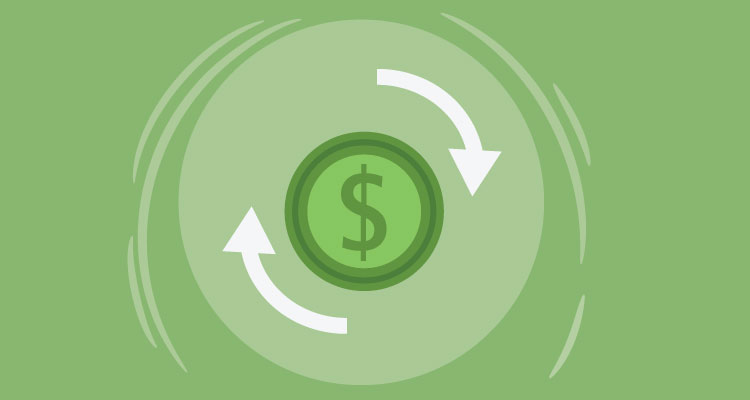Every year, every American that earned money is required to file taxes. Whether you are an individual who only receives income from an employer, a side hustler who earns a little more on the side, or a full-time business owner with a registered business, you can find some interesting insights into your business by reviewing your taxes.
Table of Contents
ToggleStart with the Top Line
The first place to look when considering your taxes is the top line. Looking at yourself as a business, think of this as your total gross revenue. On the 1040 form, you can find this number on line 22. This is the total of all dollars you brought in over the course of a year from your job, side income, royalties, rental properties, dividends, interest, and anything else.
When looking at this number, compare to your annual fixed expenses, like rent or mortgage payments, utilities, and insurance to better understand how your income compares to your overhead. The leftover number is what you have left to live on, invest in yourself and your business, retirement, and emergency fund savings, and a little leftover for fun spending.
Understand Where Your Money Comes From
Next look at lines 7-21 to get a better understanding of where your money comes from. This section gives you a breakout of your W-2 income, interest, dividends, tax refunds, alimony, business income, retirement account distributions, unemployment, social security, and other income you received during the year.
This information is important because it tells you if your income streams are diverse and what your income would look like if you lost a job or a big client. Having various income streams is critical for anyone. The days of working for one employer for forty years and getting a fat pension are mostly gone. Now we have to be self-reliant for our income and take risks into account when looking at where our dollars come from.
Ensure You are Getting the Best Deductions and Credit
On form 1040, lines 23-36 show your deductions and lines 39-55 show your credits. Deductions are items that lower your taxable income and credits directly lower your taxes. Common deductions include self-employed health insurance, charitable donations, mortgage interest, student loan interest, qualified education expenses, moving costs if you move for a job, HSA contributions, and a handful of other deductions. If the total of your itemized deductions is lower than the standard deduction, you are best off leaving some deductions off and just taking the standard deduction.
Review the possible credits listed on the tax forms to make sure you are not missing something every year. Credits lower your taxes dollar for dollar, so while a deduction may reduce your taxes about 25% of the deduction amount, credits lower your taxes by 100% of the value.
Examine Your Income Next to Your Goals
Next, let’s take a break from looking at your tax return and consider something else: what are your biggest goals in life? Are your finances helping you reach those goals or are they getting in the way? Are you earning enough to achieve your goals, or do you need to make more to get there?
Note that I didn’t ask if you should give up your goals. The focus should be on what you can do to get there. If you don’t earn enough each year to get ahead and start working towards your goals, it’s time to get started! Side hustles completely changed my life, and while you can only budget so much, there is no limit to what you can earn.
You Can Always Learn More About Your Finances
Before I went out on my own as a full-time freelancer, I was a Senior Financial Analyst at a Fortune 500 company. My job was to look at the financial results of different products and figure out where we were doing well and should focus our efforts and where we were struggling for profitability. This is part of why I enjoy doing my taxes myself. I can do the same for “the business of myself,” and my real companies while putting my taxes together.
You never know everything about your business finances, and a periodic financial review can help you make better personal finance and business decisions. There is no better time of the year than tax season for a financial review. When your taxes are finalized and submitted, take some time to review. You never know what you’ll discover.
















